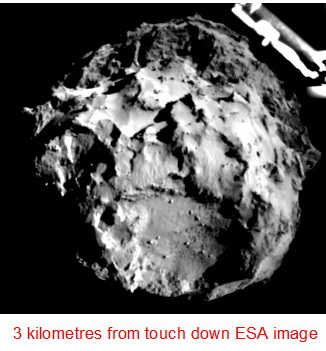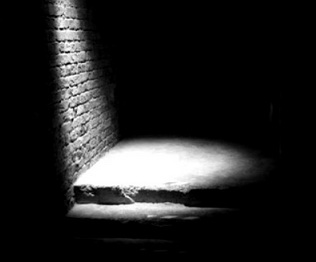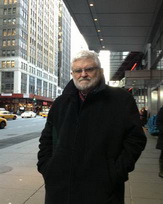When
you step into an old building that has been empty for many years, the dust and
debris of a time long-gone await you. Walking down a darkened corridor, you step
warily, not knowing what you may encounter. Then, turning a corner, a shaft of
light from a shattered window high up on the brick wall, exposes for a moment a
couple of worn steps. Moving on, the darkness returns, the moment of
illumination is lost.
No-one who has watched the
progress of the Rosetta Mission and the landing of
Philae
on the Comet 67P can fail to marvel at the immensity of this
technical achievement. To plant a box of scientific instruments on a rock some
350,000,000 miles from Earth after a journey of 10 years is awesome. It has been
rightly celebrated.

In
spite of photographs, detailed explanation and all sorts of numerical data, it
is hard for us to conceive what it must be like out there, a lonely place where
man has never set foot, and never will, a place of extreme temperatures as this
lump of planetary debris journeys towards our star before returning to the
depths of space to continue on its way. How amazing.
It is no wonder that the
images of light and dark occur so often in Scripture, the light illuminating the
darkness, light that darkness cannot resist. The Transfiguration of the Lord is
the clearest and strongest image given to us in the Gospels.
In a small, yet significant
way, we experience something similar when we light a candle before an icon in a
darkened room. The glow as the flame grows on the wick, the melting wax feeding
its substance, giving it the energy that we see as light, sometimes flickering
in the draught, at other times, erect and still. Its light is of a different
order to that of an electric bulb which can be cold and impersonal. You have the
sense of a presence that is living with you as you sit silently with the Lord.
Here, low on the ground, is
the equivalence of that broken window high in the wall of the derelict building.
It too illuminates the small area around it, whilst other parts of the room are
lost in shadow and darkness. No wonder those lines of Newman are so memorable “Lead
kindly light amid the encircling gloom, lead thou me on”
We
cannot begin to wonder what it is like in the small, rock-world of the comet
where
Philae
now sits, communicating with the European Space Agency
scientists. But there it is, talking to us and we are listening to its story.
We cannot begin to understand
the enormity of the God in whom we believe. We can only appreciate those moments
of blinding transformation when he illuminates our lives and shows, for however
brief a time, where we presently are and where we might be heading. Such moments
are graced indeed on our own journey through the cosmos.
END
-------------


